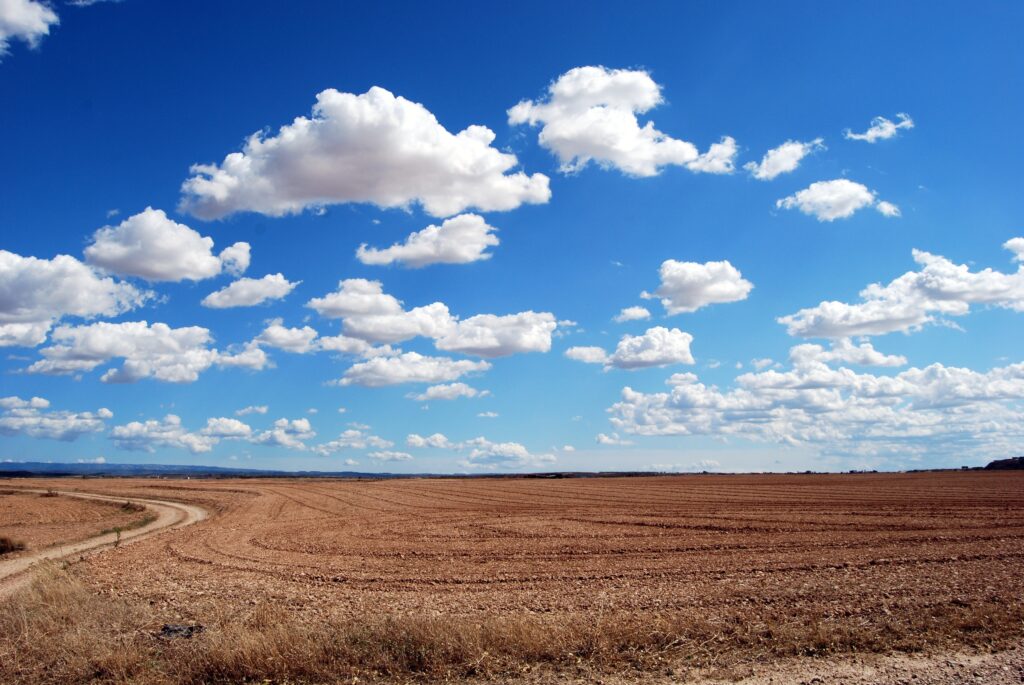
I’m representing a buyer in a land deal. Most real estate investors buy buildings, but a few look for land. These people might be wanting to hold onto the land for a while or develop it immediately. The inspection considerations for bare land are very different from land with a building. This post won’t tell you everything you need to know about purchasing land, just what to inspect.
What do you want to do with the land?
The first question you need to answer is what your plan is. If you are planning to flip it later on for a profit, consider who your buyer will be and what they will want to do with it. The land I’m helping to purchase is farm land that has one housing eligibility, which means the owner is allowed to build one house on the land only.
What is the lay of the land?
Farm land is typically flat. This would be nice land if you want to build a parking lot or an apartment building. People wanting to build their dream home usually want a little slope. They can then have a walk-out backyard or some visual interest in their property.
How far is the land from civilization?
What kind of utilities are to the property line? There is a big difference in cost depending on where you put your new building due to how far you need to run lines. A parking lot wouldn’t need more than electricity, but other buildings need water and sewer. If there are no hookups in the vicinity you might need to pay to get them there and this could be very expensive. Sometimes there is electricity but nothing more. In this case you would need to get a septic company to do a percolation (perc) test to see if you can put in a septic system (does the function of a sewer). You would need to have a well driller come out to inspect so you can put in a water well. If the city is close, you can ask them for a sewer study (if they have performed one), which will tell you their plan for the sewer lines.
What type of soil is present?
Different soil types can cause problems. One property I own was built on expansive soil. This type of soil expands in volume when it is wet. This can put extreme force on foundations to houses. It causes cracks in the floors and walls. This can range from being unsightly to structural collapse. This can be tested by an engineer.
Where is the floodplain?
No one wants to build in an area prone to flooding. At the very least, insurance will be higher in these areas. The expense might wipe out any profits you hope to realize. Check the FEMA flood map to make this determination. You can also call your insurance agent.
Is there access to the property?
In my area, no property can be ‘landlocked’, meaning that other property owners must provide some sort of access to your land. This is usually a dirt road but they won’t maintain it for you. This can be expensive to maintain and you are paying for the maintenance being done on their land.
What were the previous uses of the land?
Consider whether the land was ever used to store chemicals or other hazardous materials. You may need to get a Phase 1 Environmental Assessment, which will look back on prior uses and determine if you need to go deeper in the inspection.
Remember, this is only the inspection part of the diligence. There are many more important things to check, such as zoning and permitting that aren’t covered by this article. This should just get you started in thinking about your first land purchase.

